DOOM 3: BFG Edition – Twenty Years of DOOM
DOOM 3: BFG Edition pays fitting tribute to id Software
First-person shooters have come a long way. From Malcolm Evans' pioneering Spectrum hit 3D Monster Maze, to absurdly lifelike war-sims like Battlefield 3, FPS games have grown in complexity and sophistication, transforming the way we think and feel about computer games as they've done it
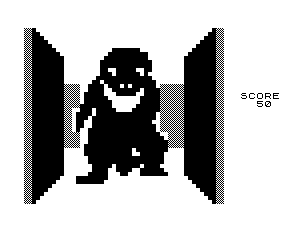
We've gone from fighting demons in the depths of Hell itself, to storming the beaches at Omaha, to blowing up entire, halo-shaped planets.
Yes, first-person shooters have grown, turning violence and guns and lots of other nasty things from our stupid, stupid world into fun and games. But how exactly did we get here? Well, with a lot of help from id Software.
Four Guys in Dallas
It was 1991 when SoftDisk game designers Tom Hall, John Romero and John and Adrian Carmack (no relation) got together to form iD Software, a tiny four man studio based in Dallas, Texas. Their first game, Commander Keen for MS-DOS was a side-scrolling platformer about a boy who travelled through space and time stumbling across monsters and adventure in the process.

Keen was important for two reasons. First, it featured ultra-smooth animation for the time, with Keen bending his knees and arching his back before jumping. Second, it gave players a gun, and they could use it to shoot enemies from a distance rather than running up to them and just sitting on their heads like in other platformers.
Of course, guns weren't new to computer games; games and guns pretty much grew up in the womb together, with weapons dominating even early blinking light shows like Space Invaders and Asteroid. But with their slick graphics tech on-side, Romero, Hall and the Carmacks were on to something. All they needed now were some Nazis...
Robo-Hitler
Wolfenstein 3D crashed onto DOS in 1992, and with its mix of bloody violence, puzzle elements and Robo-Hitler quickly became an X-rated smash hit, even going so far as to bag two Best Action Game awards the following year.
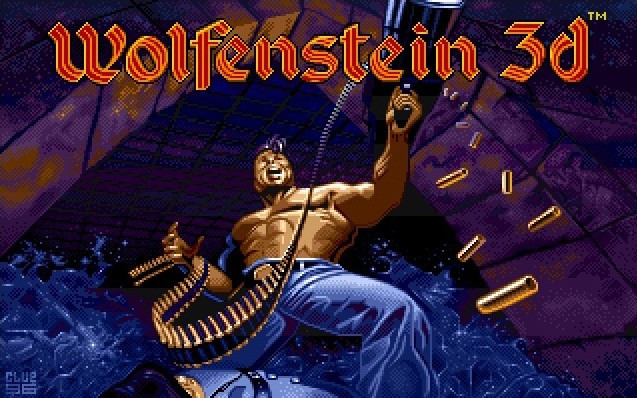
Nowadays, Wolfenstein is often credited as having invented the first-person shooter, with plenty of its ideas becoming staples of the genre for decades to come. Like the FPS games of today, you play through the eyes of a gun-toting avatar, navigating your way through a 3D world. The interface flashes up ammo and health statistics, and your only job, more or less, is to kill wave after wave of deserving Nazi scumbags.
But more than mechanics, what id brought to the table was technical prowess and style, pumping Wolfenstein 3D full of the same smart coding and smooth animations that made Commander Keen hop up and down so believably. Carmack, a former aeronautics engineer designed an engine that could simulate the look of 3D graphics, as explained in impenetrable detail by this Wikipedia article. That gave id the creative space to hide enemies around corners, stash booty in secret rooms and paint the whole game with swastikas and the now iconic turquoise hue.

But as that same Wikipedia article explains, the Wolfenstein engine wouldn't allow id to manipulate light levels, or for players to move up and down. Wolfenstein 3D all took place on a flat surface; for their next game, id had to take things up a level.
DOOM's Day
And that brings us to DOOM, more or less what this article was supposed to be about from the beginning. Arriving to critical fanfare in 1993, DOOM changed the first-person landscape, literally.
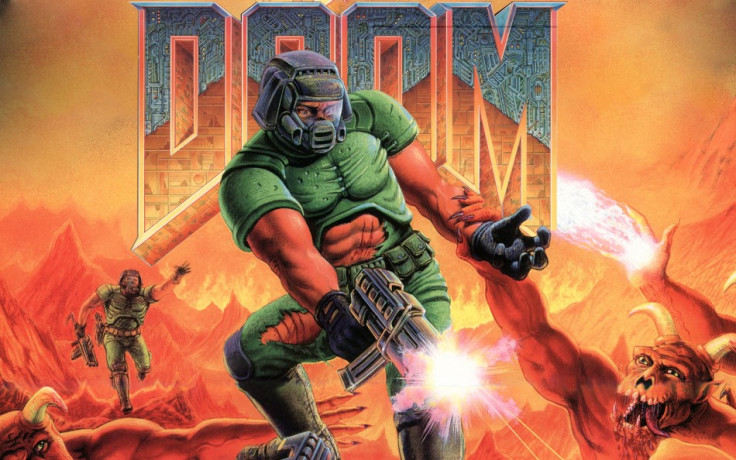
A neat software exploit meant that enemies and objects could appear above the player, while, from a programming perspective, the game still ran on a single flat plain. The memory that saved meant the DOOM Engine could be used to muck about with sound and lighting effects, leading to some truly intense scare sequences like the one at 2:05 of this YouTube video.
Players took the role of a lone, mute space marine, trapped in a military based on Mars that had been overrun by demons from Hell. Shooting was gory (those trademark id animations made blood fireworks out of killed monsters), atmosphere was pant-wetting and levels were massive, comprising dozens of secret rooms and miles of labyrinthine corridors. Puzzles, too, played a big part, whether you were hopscotching your way over a pool of acid to reach a colour coded keycard, or dodging pressure activated panels that would release enemies if stepped on.
It was a masterful work of FPS pacing, evoking a palette of emotions and experiences that all games have worked to match since. If you weren't getting your rocks off with a shotgun, you were running away in terror. If you weren't running away in terror, you were scratching your head in bewilderment at one of the fanickity platform puzzles.

In short, DOOM was revolutionary, a staggeringly far-sighted game that invented clichés and set the bar for FPSs to come. It was violent, exciting, and it got up the nose of knee-jerk politicos; as far as the early nineties and Generation X were concerned, DOOM was a game of its time.
Twenty Years Later...
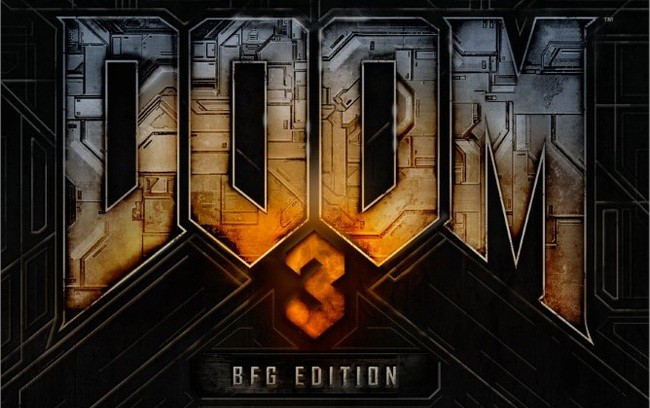
Today, the DOOM series feels a lot less relevant. Back on the shelves courtesy of id's BFG Edition, DOOM 3 once again sees you trapped in a colour coded Mars base full of monsters and demons, fighting for survival as a gruff, mute space marine.
It first landed back in 2004 when FPS games were at a tipping point: Call of Duty was already making waves by reinventing the war shooter and Half-Life 2, Valve's epochal blend of characters and set-pieces, was just about to hit its November '04 launch window.
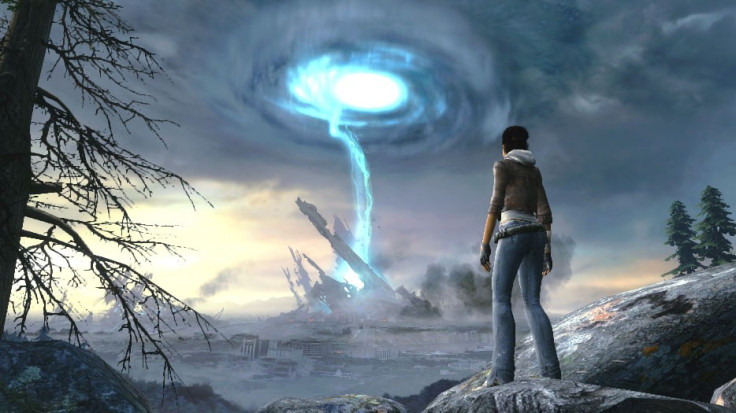
But DOOM 3 was unapologetically old-school, crammed full of the same corridor shooting and shock-gore that made the original a hit back in the early nineties. In the face of plot and set-piece driven shooters, DOOM looked distinctively out of step. Fast forward eight years, and the new wave heralded by Half-Life and Halo still hasn't rolled back; DOOM 3 is retro fun at best.
Of course, having been undercut by several new franchises since, DOOM 3: BFG Edition can't be blamed for looking dated. But a lot of its ideas seem to have been pinched from shooters from before 2004: The opening, combat-less stroll through the daily workings of the Mars base is lifted directly from Half-Life; the audio and video logs that explain most of the plot come from System Shock 2. It's a very derivative third entry into a series that, originally, set the rules for every game else.
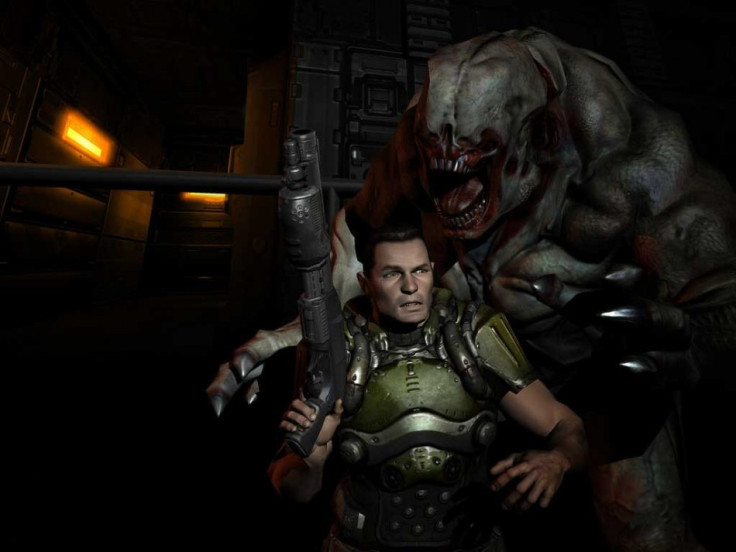
Combat, too, feels uncharacteristically bland, with monsters merely keeling over rather than exploding into guts or reacting to bullets, as per DOOM 1. The levels are unrelentingly grey and samey, and, although pleasantly reminiscent of shooters gone by, don't offer much other than nostalgia value.
Nevertheless, DOOM 3 is still enjoyable to play. Given today's climate of straight-faced war shooters, kicking off your shoes to idly pelt zombies with pistol bullets feels almost like a holiday, a trip back in time to when your mum worked nights and you had the Apple II all to yourself. It's still scary, too, or at least very atmospheric, the flickering lights and blood stained maintenance tunnels of the overrun base creating a nervous, prevailing sense of claustrophobia.
The best parts are when the game quietens down, monsters and combat being put on the backburner so that players can merely explore. Derivative though they may be, the various diaries and audio logs sprinkled throughout DOOM 3 drip feed tension while you dread the next big fight scene. At its worst, DOOM 3's pacing is completely off, funnelling you from one scrappy, mandatory battle to another; whenever id eases off the action, the game shines.

The Lost Mission pack, which adds eight new levels to the original game comes included, as do DOOMS 1 and 2, making the BFG Edition an essential crash course for anybody unacquainted with id's legacy. Exactly where DOOM 3 itself fits into today's FPS market is difficult to pinpoint, however. It's a gratifying change of pace from rollercoasters like CoD and Battlefield, but with its occasionally clunky violence, DOOM 3 is also a window into how much more sophisticated games are now. On one hand the BFG Edition is a warm, retro embrace; on the other, it's a needless cash-in on a now sadly irrelevant franchise.
Pizza, Diet Coke and a Cheap PC
DOOM 3 is an example of just how much first-person shooters have changed. Since the early days of Wolfenstein, FPS games have become less and less about merely shooting things, and encompassed role-playing elements, interactive storytelling and even, in the rare cases of Deus Ex and Battlefield 3, expanded to look at real-world issues.

id Software played an enormous role in that evolution, constantly pushing the boundaries of what an FPS could be. Starting with Wolfenstein, they set the high graphical standard that action games strive toward today. Moving onto DOOM, they threw in horror and puzzle elements, paving the way for later FPS hits like FEAR and Half-Life.
With Quake, they catapulted online multiplayer into the mainstream; with RAGE, from 2011, they showed that an FPS can be all these things without sacrificing its core, run-and-gun gameplay.
DOOM 3: BFG Edition is a celebration of that work. Though admittedly worn in places, it's testament to everything id has accomplished since Hall, Romero and the Carmacks first left SoftDisk in 1991.
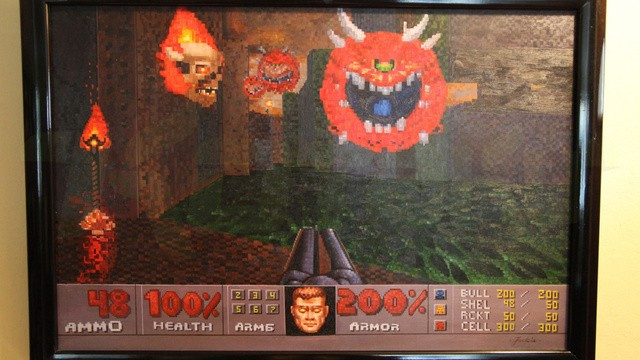
In David Kushner's book Masters of Doom: How Two Guys Created an Empire and Transformed Pop Culture, John Carmack is quoted saying "barriers are self-imposed. If you want to set off and go develop some grand new thing, you don't need millions of dollars of capitalization. You need enough pizza and Diet Coke to stick in your refrigerator, a cheap PC to work on, and the dedication to go through with it."
Today, there are no barriers left: id Software is one of the biggest game developers in the world, with hundreds of millions of dollars, bespoke development kits and God only knows how many refrigerators. Its contribution to games, first-person or otherwise, is gigantic. DOOM 3: BFG Edition pays fitting tribute to that.
First-person shooters have come a long way and with DOOM 4 reportedly well into development, they're set to go even further.
Scores for DOOM 3: BFG Edition
- Gameplay - 7/10: Even when it came out, DOOM 3 was derivative. Today, despite technical polish, it's very tired
- Sound - 7/10: The monster growls are all well and scary, but DOOM 3's guns sound a bit puny
- Graphics - 8/10: DOOM 3 looked great in 2004. The BFG Edition gets a new lick of paint to bring it up to date
- Replay Value - 8/10: With the added mission packs, and the inclusion of DOOMS 1 and 2, there is plenty to be getting on with
- Overall - 7/10: A bundle of throwback fun, BFG Edition is worth it just to remember how much id Software has done for computer games
© Copyright IBTimes 2025. All rights reserved.






















